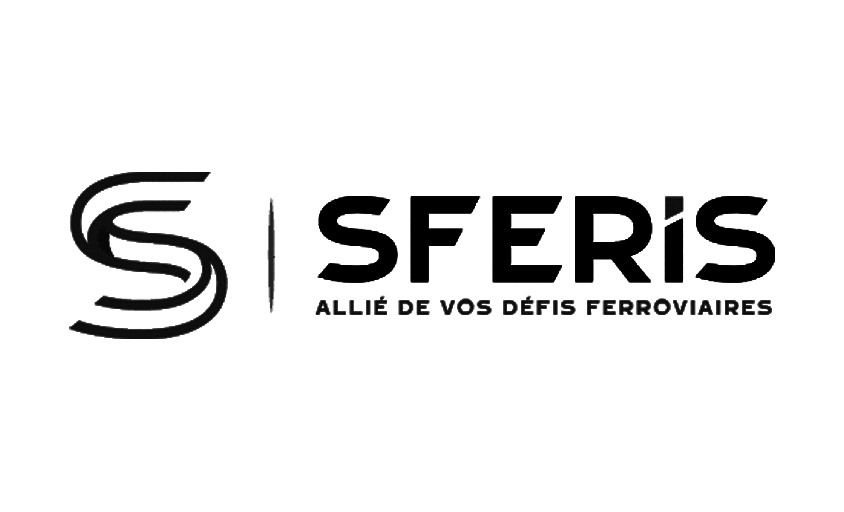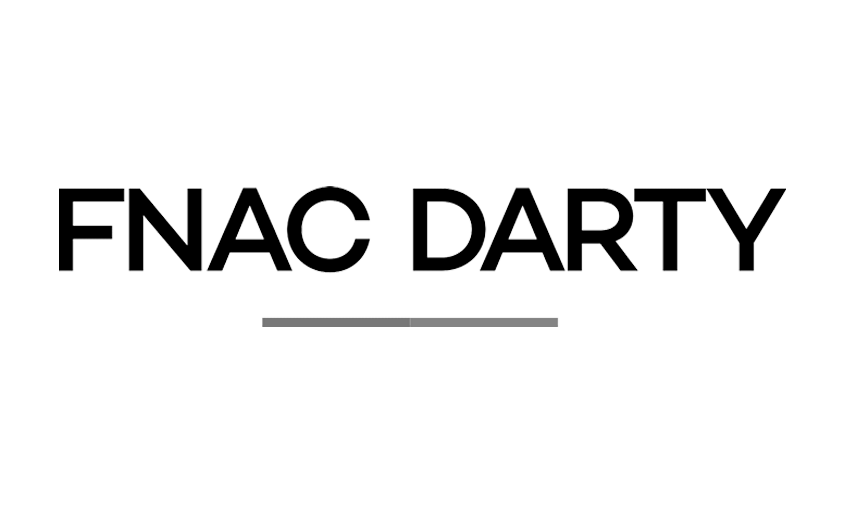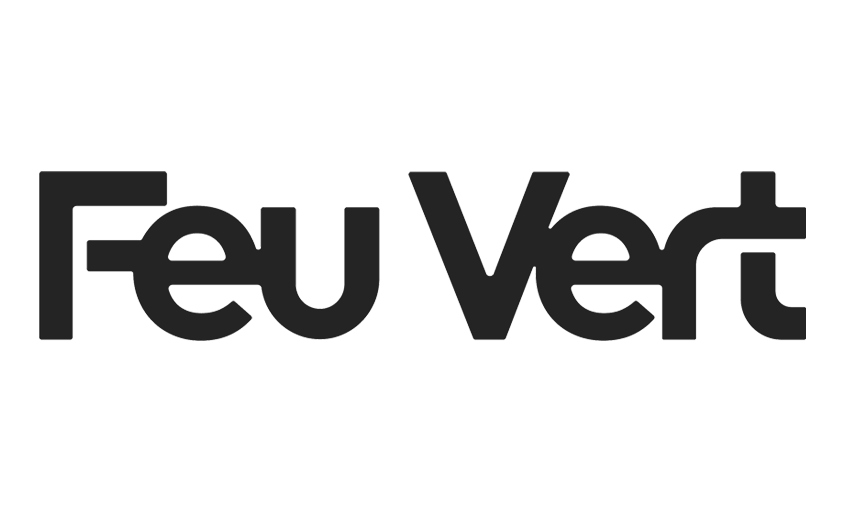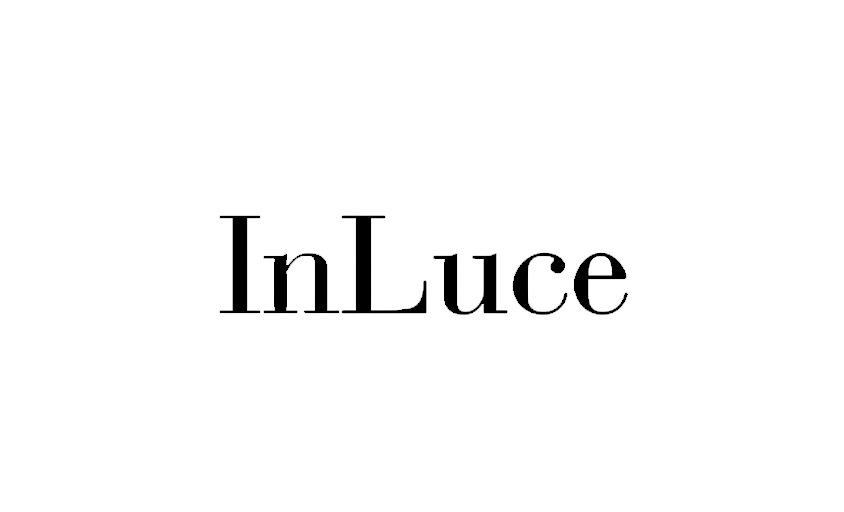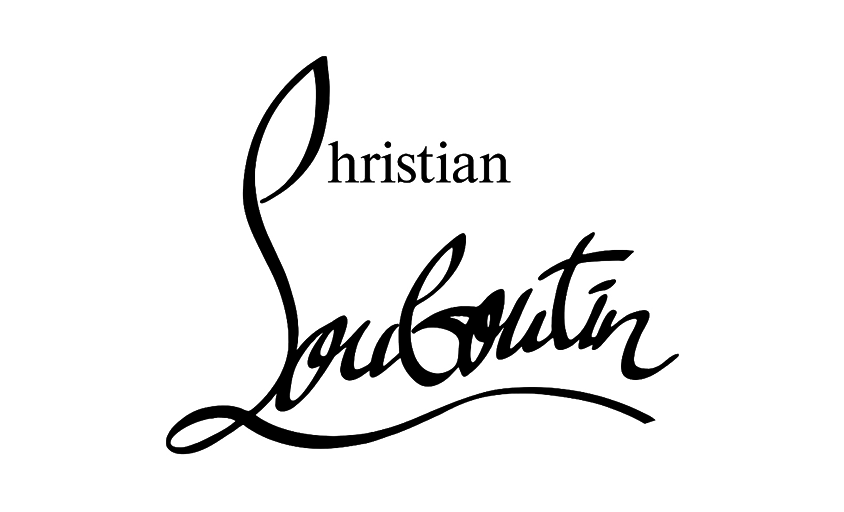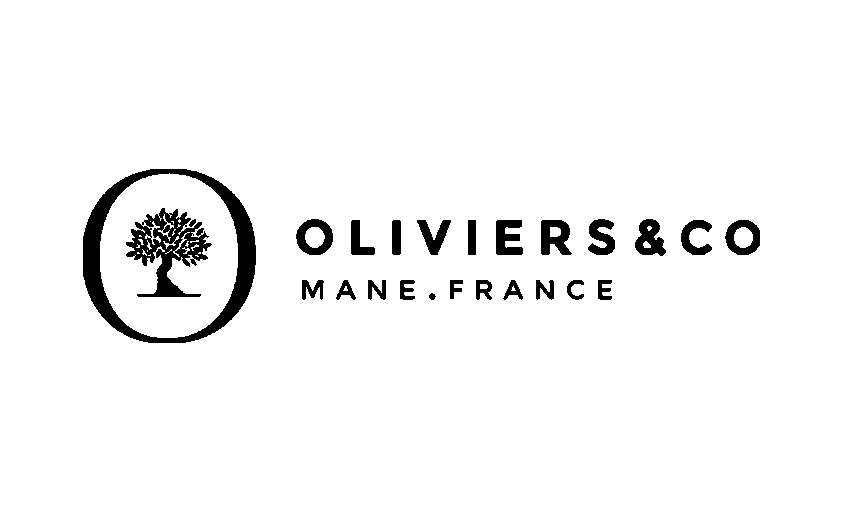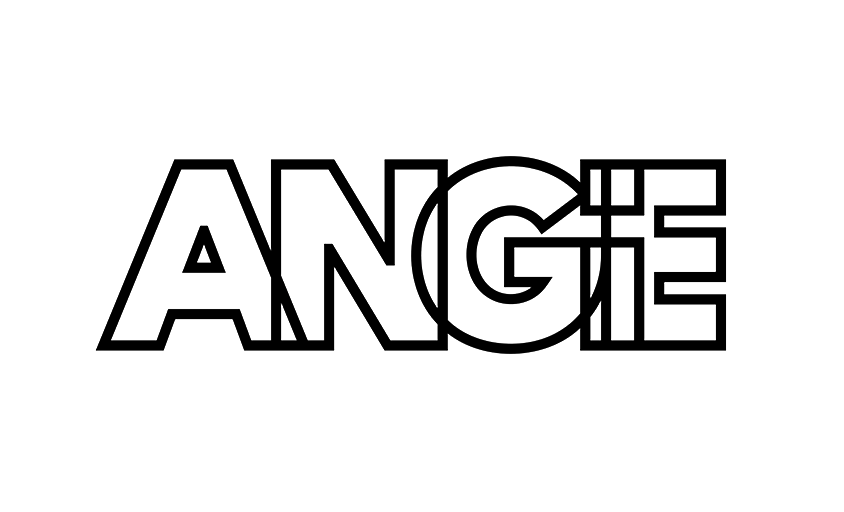What is the S-Gamut Color Space?
In this article :
In the field of professional video and advanced post-production, the S-Gamut color space is the natural partner of the S-Log gamma profile. Developed by Sony, this color space is designed to capture an extremely wide color gamut, far beyond what the human eye can see or what a standard monitor can display. When combined with shooting in S-Log2 or S-Log3, S-Gamut offers exceptional latitude for color correction and grading, especially in HDR or digital cinema workflows.
What is S-Gamut and what is it used for?
The S-Gamut color space is a mathematical representation of the colors a camera can capture. It defines the limits of saturation and hue that sensors can record. S-Gamut, in its various versions (S-Gamut, S-Gamut3, S-Gamut3.Cine), encompasses color spaces much larger than the classic Rec. 709. This means that the recorded color data is richer, more complete, and can be more intelligently compressed into the final target space (TV, web, cinema, etc.).
Why record colors that cannot be directly seen on screen? Because it allows much more freedom in color grading: you can rework the chromatic balance, isolate certain hues, enrich the visual atmosphere, or correct color shifts with much greater flexibility. In a professional workflow, this represents a considerable gain in control.
S-Gamut, S-Gamut3 or S-Gamut3.Cine: What’s the difference?
Sony offers several versions of its color space:
- S-Gamut: the widest in color volume, but sometimes difficult to manage.
- S-Gamut3: more precise and better optimized for modern cameras, it provides a better match between sensor and post-processing.
- S-Gamut3.Cine: aligned with the DCI-P3 space, the digital cinema standard, it is easier to grade and visualize, with a rendering closer to what the viewer will see.
The choice depends on the content’s destination as well as the experience of the director of photography or colorist. In practice, S-Gamut3.Cine + S-Log3 is one of the most commonly used combinations today for professional shoots, as it offers a good balance between data richness and ease of processing.
S-Gamut and Post-Production Workflow
Working in S-Gamut requires knowledge of the technical steps in a full color workflow. It is essential to manage color space conversions when importing into editing or grading software. An input LUT adapted to the S-Log3 + S-Gamut3.Cine combination is often used to bring the image into a more neutral visual space. Without this management, the image will look washed out, flat, or incorrect. From there, the colorist can shape the overall hue, restore contrast, adjust saturation, and create an accurate aesthetic rendering. This fine mastery is what distinguishes professional workflows from more “plug and play” approaches.
Conclusion
The S-Gamut color space is a powerful tool for those who want to work deeply with images. By capturing an extended palette of colors, it offers a level of freedom rarely matched, provided you know how to handle it in post-production. It fits perfectly into cinema, high-end advertising, or documentary workflows, and is a key standard to fully exploit modern Sony sensors. So, are you ready to take your color rendering to the next level?
Jérémy Carlo is the editorial director at Rétines, where he ensures the consistency and clarity of all content produced by the studio.
Our Clients
Let’s discuss
What we do for you at Rétines
Meticulous work, an organised project and fast delivery. And to achieve this, we mobilise the right resources in our teams at the right time.
01
Pre-production
Artistic and technical direction tailored to the project.
Relevant recommendations on content, form and resources.
02
Photo Shooting
Photos taken by our experienced photographers.
Production that’s controlled, efficient and tailored to the needs of the project, with nothing superfluous.
03
Retouching
Technique
Photographs magnified by our retouching team.
Post-production to meet the commercial challenges of the brief.

